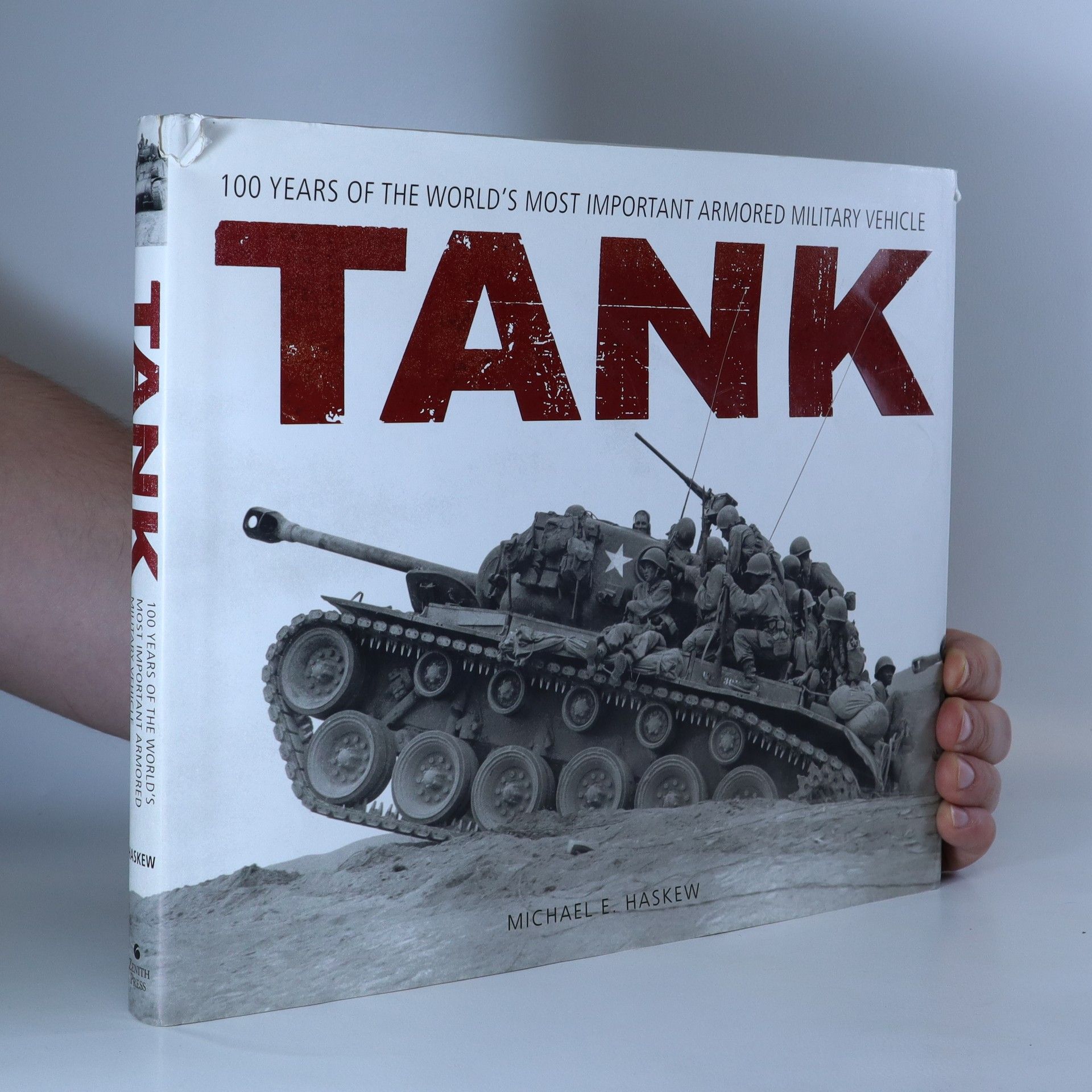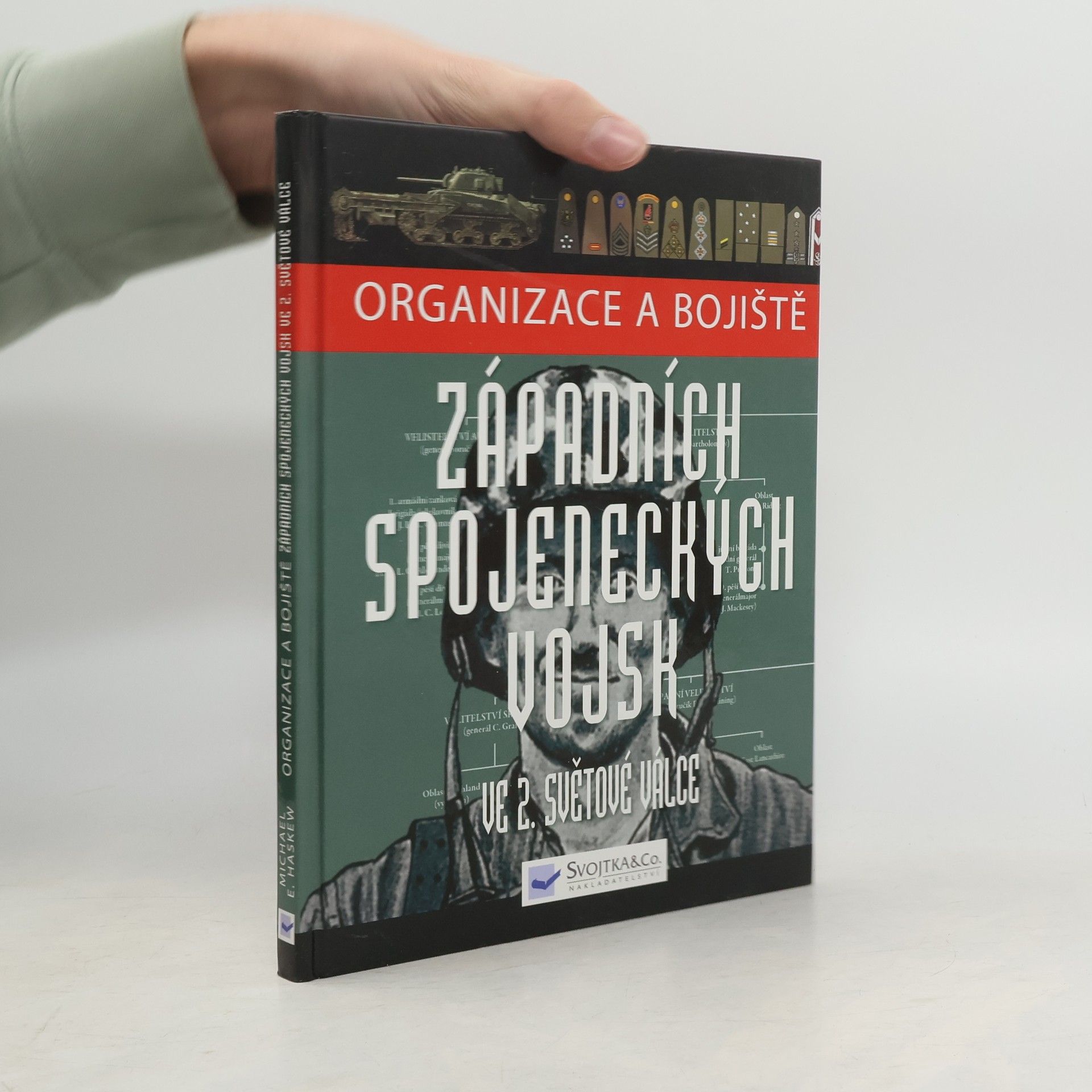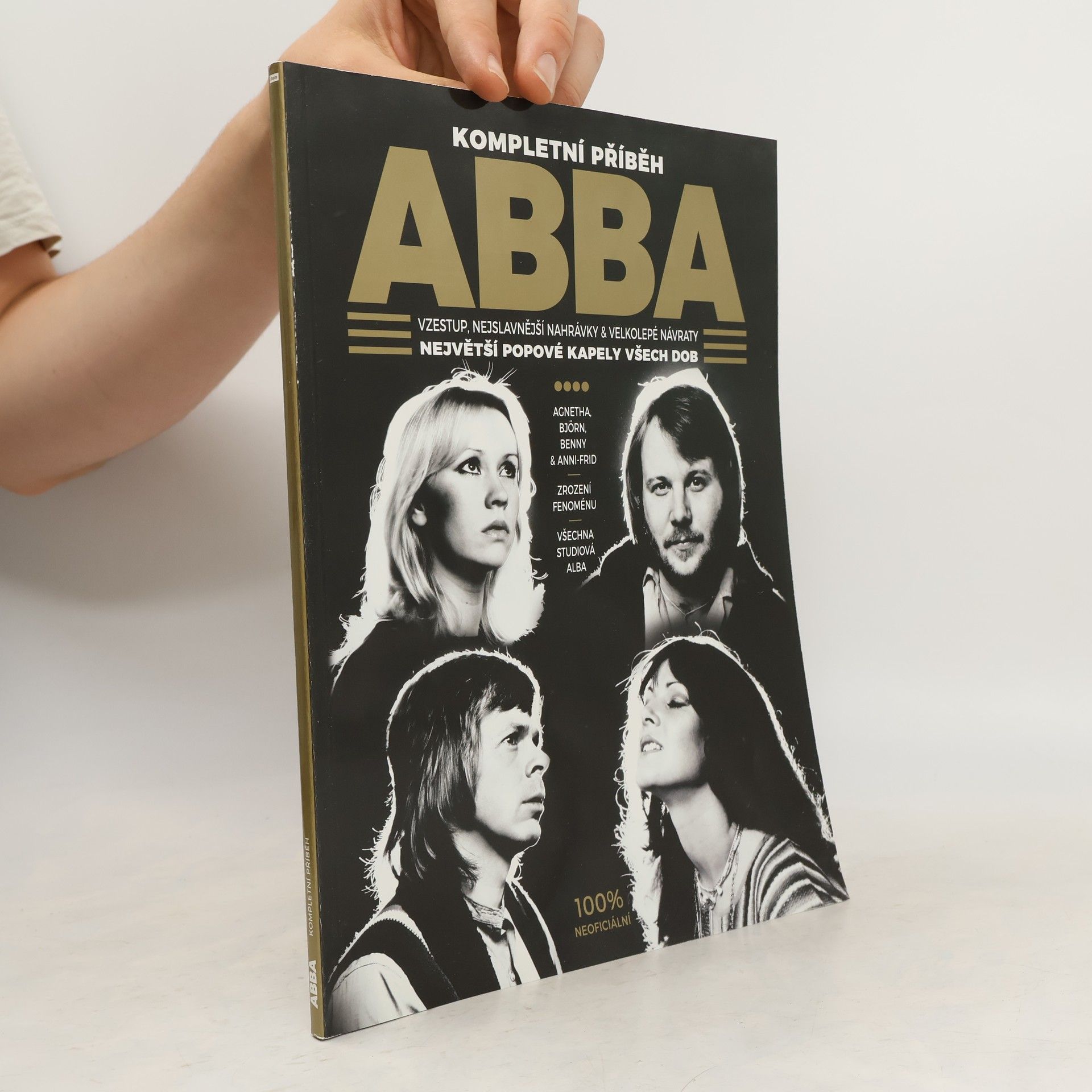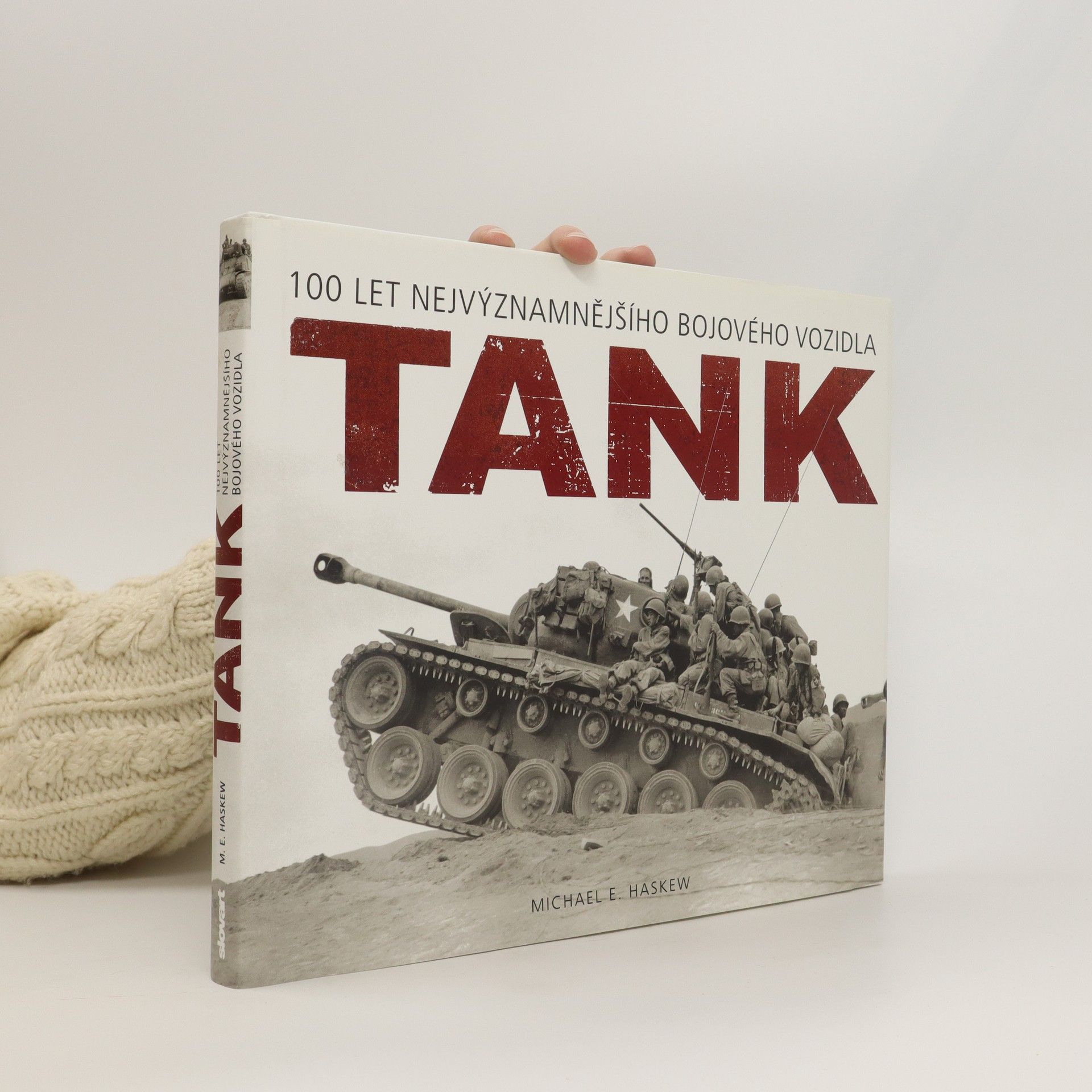Tanks features 52 of the best armoured fighting vehicles from World War I to the present day. Each entry is examined over two spreads and includes a brief description of the tank's development and history, a colour profile artwork, photographs, key features and specifications tables.
Michael E. Haskew Books
Michael E. Haskew is the author of numerous books that delve into the history of World War II, with his work focusing on the detailed examination of military operations and events during the conflict. His editorial work for magazines dedicated to World War II demonstrates a profound interest in the period and a commitment to making historical information accessible to a broad audience. Haskew's writing approach is characterized by precision and a dedication to faithfully portraying the realities of wartime. His publications serve as a valuable resource for readers seeking a deeper understanding of key moments and tactics of World War II.






Tank
- 240 pages
- 9 hours of reading
Military historian Michael E. Haskew profiles the entire history of the mechanized juggernaut that changed the face of military engagement 100 years ago.
Arranged by nation, SAS and Special Forces of World War II covers the best units from both the European and Pacific theatres of war including the US Rangers, SAS, and Waffen-SS, Popski's Private Army, the LRDG and Flying Tigers squadron. Each entry describes the unit's strength, date of formation and an overview of its combat record.
Western Allied Forces of WWII shows the strengths and organizational structures of the Western Allies' ground forces campaign by campaign, with extensive organizational diagrams and campaign maps showing the disposition of units: an easy-to-use guide to the many nationalities that served as part of the Allied army.
The Marines in World War II charts the combat history of the Marines from Wake Island to Okinawa, covering every major battle in between: Guadalcanal, Kwajalein Atoll, Bougainville, Saipan, Guam, and Peleliu, to name just a few. Today, the Marines are best remembered as the gritty, determined combat force that fought, bled, died - and won.
Ilustrovaný popis obrněných vozidel (tanky, samohybná děla, BVP a průzkumná vozidla) od konce 2. světové války podle jednotlivých států a jejich nasazení v bojových konfliktech.
Organizace a bojiště západních spojeneckých vojsk ve 2. světové válce
- 192 pages
- 7 hours of reading
Popis bojiští a rozčlenění jednotek Spojenců ve 2. světové válce.
ABBA : kompletní příběh
- 144 pages
- 6 hours of reading
Vzestup, nejslavnější nahrávky a velkolepé návraty největší popové kapely všech dob. Nabitých 148 stran o skupině, jejíž zvuk změnil popmusic! Příběh této ikony je bohatě ilustrován unikátními archivními fotografiemi a přináší pohled na její vliv na populární hudbu. Švédské kvarteto ABBA, složené z Agnethy, Björna, Bennyho a Anni-Frid, se stalo synonymem úspěchu a zanechalo nesmazatelnou stopu v hudebním světě. Od nejistých začátků, přes triumf v Eurovizi, až po globální fenomén abbamánie, která trvá dodnes, kniha zachycuje cestu této slavné čtveřice. Detailně představuje všech devět studiových alb, včetně fanoušky očekávaného Voyage, a přibližuje atmosféru světových turné. Zkoumá, jak kapela dokázala produkovat megahity i v těžkých osobních chvílích a jak po čtyřiceti letech uspořádala fenomenální comeback. Ponořte se do světa okázalých kostýmů, blýskavých flitrů a podmanivých melodií, které se staly součástí kultury mnoha zemí!
Tank - 100 let nejvýznamnějšího bojového vozidla
- 240 pages
- 9 hours of reading
Historik vojenství Michael E. Haskew provádí čtenáře příběhem úžasného válečného stroje, který se poprvé objevil na bojištích 1. světové války. Autor začíná u obrněných předchůdců prvních tanků a popisuje vývoj těchto obrněných vozidel a jejich nasazení v obou světových válkách, v Koreji, Vietnamu, v období studené války, v různých regionálních konfliktech a ve válkách v Perském zálivu. Představuje přitom tucty legendárních konstrukcí - Mark IV, FT-17 a A7V z 1. světové války, americký M4 Sherman, německé řady Panzer a Tiger a sovětský T-34 z 2. světové války, vývoj, který následoval v podobě tanků M48 Patton, T-55 a M1A1 Abrams, a další stroje, jež na světě slouží v současné době. Čtenář se též setká s muži, kteří vsadili svou kariéru na budoucnost tanku - jako byli de Gaulle, Chaffee či Einsenhower - a s těmi, kteří si osvojili mistrovství v jejich bojovém nasazení a z nichž nejproslulejší byli Patton a Rommel. Navíc je Tank ilustrován pozoruhodnými archivními fotografiemi z bojišť, výcvikových středisek či z výrobních hal a obsahuje i ukázky soudobé propagandy a inzerátů vztahujících se k tanku jako k mocnému symbolu, který měl rozdmýchat vlastenecké nadšení. Výsledkem je příběh jako žádný jiný, příběh zbraně, jež od základu změnila válčení a stala se páteří vojenské moci.



